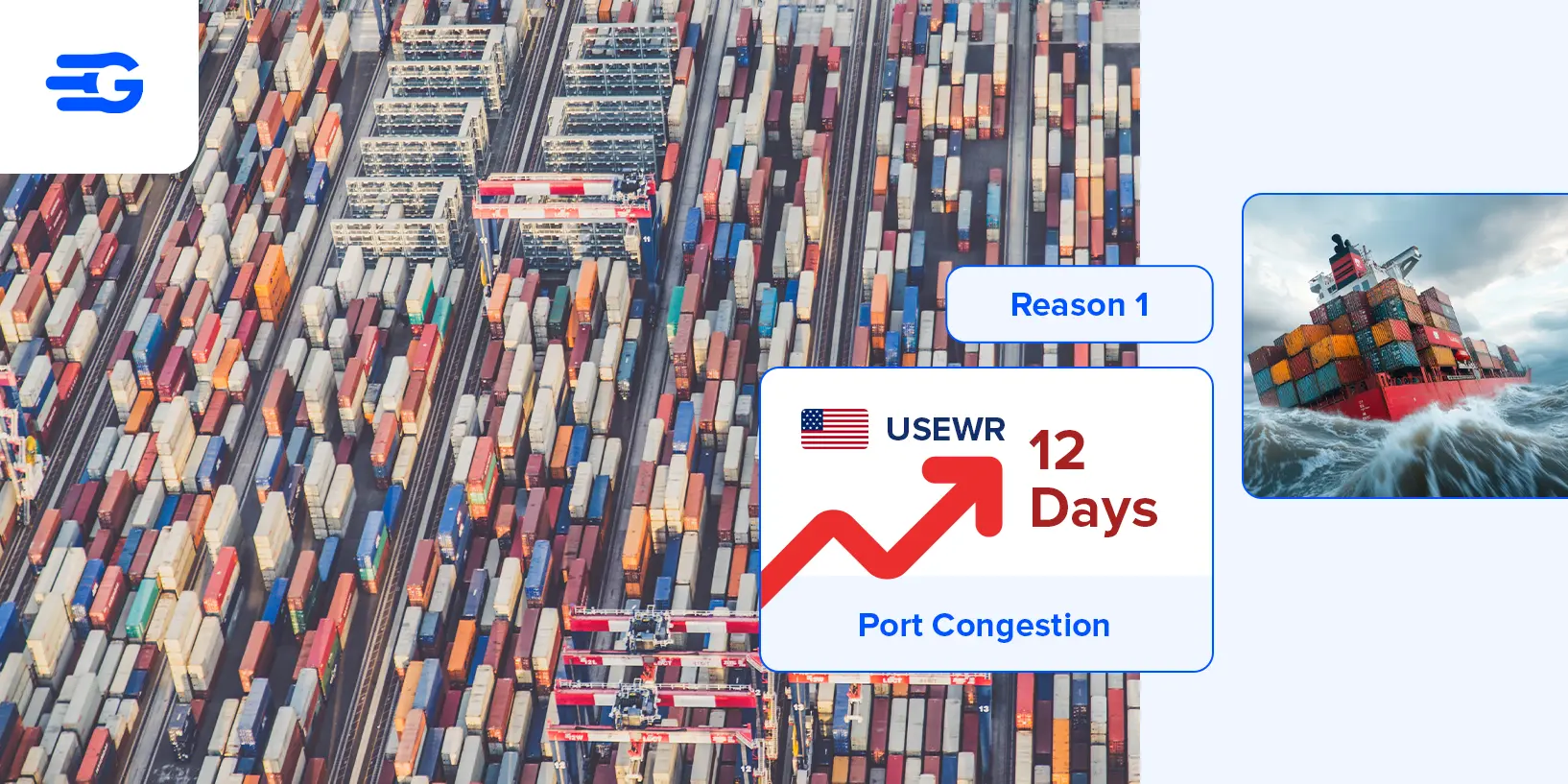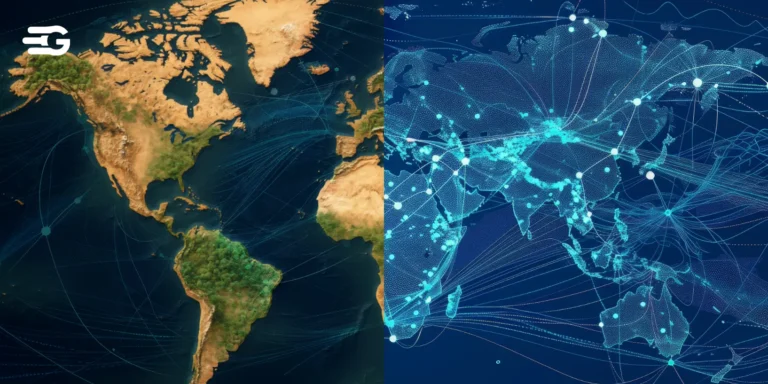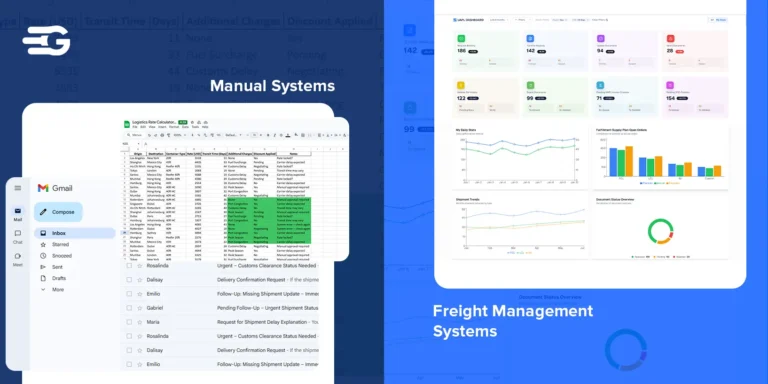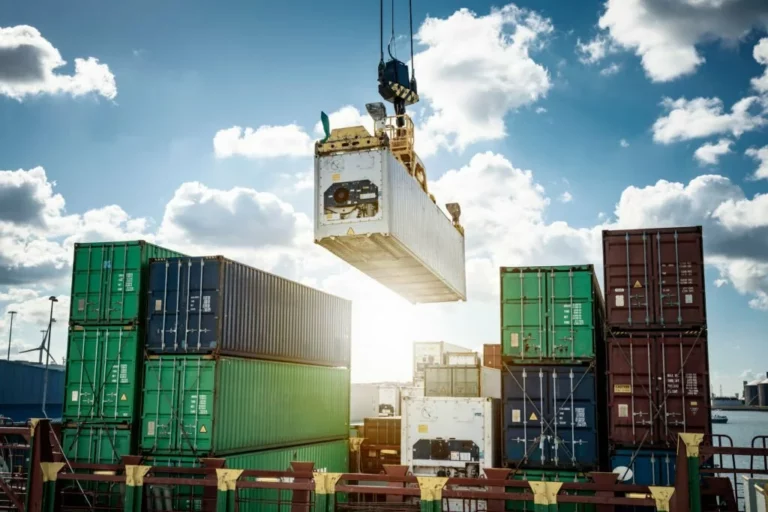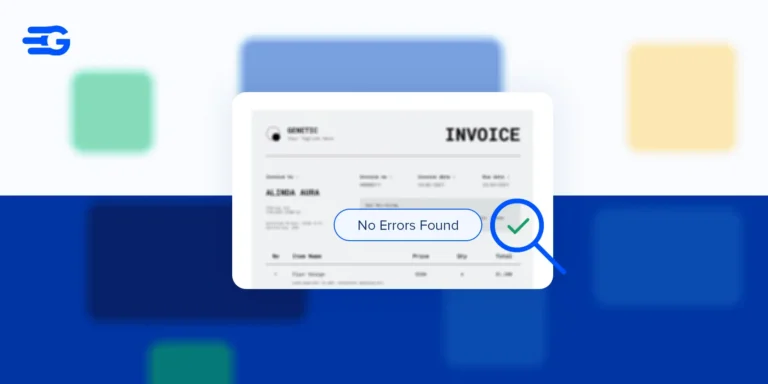Top 5 Shipping Delay Reasons in 2025
Shipping delays aren’t just frustrating. They stack up costs, strain client trust, and choke your cash flow when you least expect it. And in 2025, with trade volumes still pushing record highs, even a small disruption in the system can spiral into something bigger. If you’re shipping containers across regions, you’ve probably already felt the pinch: longer dwell times, missed transshipment windows, and customers asking where their cargo is before your tracking system even updates.
The tricky part? Most of these shipping delay reasons aren’t obvious until you’re already in the mess. And by then, you’re firefighting. But when you break things down, five common issues keep popping up again and again, across industries, carriers, and geographies. Let’s see those.
Reason #1: Port Congestion
Let’s start with the one that hits hardest, most often – Port congestion. Everyone talks about it, but the scale? It’s far worse than people realize.
During one of the worst slowdowns in recent memory, the World Bank found that just 25 key ports were clogging up nearly nine out of every ten delayed container moves worldwide. And ten of those ports alone caused close to two-thirds of the global backlog. These weren’t random ports either. It was the heavy-hitters responsible for recurring shipping delay reasons across major trade routes.
Here’s what port congestion usually looks like in practice:
- Full yard, no room to unload: Ships are stuck at anchorage because terminals can’t move boxes off the dock fast enough.
- Drayage equipment shortages: Not enough chassis, trucks, or rail slots to move containers inland. Especially on the US West Coast.
- Imbalanced flows from earlier ports: When a transshipment hub like Singapore gets delayed, it sends a ripple that throws off downstream port schedules by days.
- Too many ships, too little berthing space: More vessels on the water post-pandemic. But terminals haven’t scaled handling infrastructure at the same pace, making port overloads one of the more preventable shipping delay reasons if spotted early.
So what’s the move here? Don’t wait to react. The only real way to get ahead of this is by using live port-congestion tracking tools. Not weekly dashboards. Real-time visibility that flags pileups before your vessel even arrives.
Teams that build flexible routing options into the schedule from the start save hours per shipment without realizing it. And it compounds. Especially when you’re shipping at scale.
Reason #2: Equipment & Capacity Imbalances
You can have the right port. The right carrier. The right schedule. And still get hit by delays. Why? Because there’s no container to load, or the vessel that was supposed to take it just disappeared from the schedule. That’s what this one’s about. The imbalance between equipment and available capacity.
Post-pandemic, carriers started reshuffling alliances and canceling sailings to protect margins, creating widespread shipping delay reasons across trade networks. That led to what the industry calls “blank sailings”. Ships simply not showing up. Now imagine planning your entire move based on a fixed slot, only to be told the sailing no longer exists. It’s one of the most frustrating shipping delay reasons out there because you often don’t see it coming.
| Issue Type | What Happens |
| Blank Sailings | Carrier drops a scheduled sailing to reduce operational cost. No alternate provided. |
| Empty Container Shortage | Your cargo’s ready, but there’s no equipment available to stuff. Especially common in inland locations. |
| Misaligned Demand | Containers pile up where there’s no demand. And the regions that need them? Starved. |
| Overbooked Vessels | Carrier accepts more bookings than capacity. Some containers get rolled to the next week. |
The solution here is more proactive than reactive, especially when dealing with equipment-based shipping delay reasons. Secure your booking windows early. Especially during peak periods. Other than that, build relationships with alternate carriers. Don’t rely on just one alliance or provider.
Most importantly, keep an eye on blank sailing trackers. GoComet, for example, lets you visualize sailing disruptions and adjust routes in real time.
Reason #3: Labor Disruptions
This one doesn’t always make headlines until it’s already too late. But labor disruptions are easily one of the most unpredictable shipping delay reasons, especially when they hit large ports or inland hubs. A sudden strike, port slowdown, or even a mass holiday period can drag vessel turnaround from hours into days. These are classic shipping delay reasons that hit without warning.
In 2023, dockworker strikes on the US West Coast and extended leave windows around Lunar New Year in China caused ripple effects that lasted weeks across global shipping loops.
You can’t automate your way out of labor shortages, but you can work around them.
Smart shippers track union negotiations and port-level labor updates in advance. It’s not about avoiding risk entirely. It’s about spreading it out. When you diversify your entry and exit points across multiple gateways, the impact of one port grinding to a halt doesn’t take your whole shipment calendar down with it.
Reason #4: Extreme Weather & Climate Events/Disasters
Most teams still treat weather as a background risk. It isn’t. It’s now a core operational variable. Port-side floods, high-wave disruptions, and extreme climate anomalies aren’t rare events anymore. They’re recurring.
The issue isn’t just that a cyclone delays your container. It’s that those delays compound into network-wide capacity shortages, routing chaos, and missed contractual SLAs.
Consider the Red Sea diversions that pulled over 700,000 TEUs into longer routes in late 2023. Companies with traditional TMS platforms only learned about capacity impacts after their shipments were already affected. Those using predictive analytics could anticipate the cascade effects and adjust routes before delays hit their operations.
You can’t plan for the exact day a port shuts down. But you can definitely stop acting surprised when it does.
- Low routing flexibility: Most shipments follow a fixed lane. So when that lane gets hit by a flood, storm, or canal restriction, there’s no Plan B. A well-buffered shipment needs at least two backup corridors.
- No weather-linked ETA adjustments: If your TMS or freight platform isn’t layering in live weather data, your delivery estimates are just guesses. That’s how you miss downstream windows with distributors or clients.
- Overexposure to one risk region: Shipping all Southeast Asia orders through a single gateway like Chittagong or Ho Chi Minh? One weather event takes out your entire weekly volume.
GoComet’s AI-powered system helps logistics teams stay ahead of such disruptions by analyzing multiple risk factors simultaneously.
Reason #5: Geopolitical & Trade-Policy Shocks
Geopolitics used to be background noise for supply chain teams. Not anymore. One new tariff. One naval threat. One election result. That’s all it takes to throw established trade routes into disarray. We’ve already seen it.
The Red Sea attacks in late 2023 forced ships to skip the Suez and reroute via the Cape of Good Hope, adding over a week to major Asia-Europe transits.
Add to that the impact of shifting trade agreements, surprise export bans, or new sanctions, and it’s easy to see why this has become one of the most volatile shipping delay reasons in recent memory.
Bake geopolitical buffers into routing plans, negotiate more flexible contracts, and use multi-corridor shipping strategies for critical cargo. It’s not about predicting every shock. It’s about staying agile enough to absorb one without falling apart.
Conclusion
At this point, it’s not about avoiding disruption entirely. That’s off the table. What actually separates efficient teams now is how early they see it coming, and how quickly they act without breaking the system.
There’s no silver bullet, but there is leverage in clarity. The more connected your network is (across ports, carriers, warehouses) the less guesswork your team has to do. And in a world where all shipping delay reasons stacks faster than it used to, that’s not a luxury. It’s survival logic. Book a demo with GoComet and turn fragmented moves into a predictable, high-trust supply chain.
